In today’s automotive world, rear-view cameras have moved from luxury add-ons to standard safety features across most modern vehicles. What was once a simple convenience—helping you avoid bumping into a curb—has evolved into a critical tool for parking assistance, collision avoidance, and driver awareness.
As more manufacturers adopt advanced rear-view systems and aftermarket brands push innovation further, the quality, coverage, and clarity of rear cameras have become key points of comparison for drivers looking to enhance their vehicles. But not all backup cameras are created equal—particularly when it comes to the field of view.
At the heart of this comparison lies one critical design choice: wide-angle vs. zoomed-in perspectives. Some rear cameras offer panoramic, fish-eye lenses designed to capture the entire rear horizon, making them excellent for spotting cross-traffic, pedestrians, and lateral motion.
These wide-angle views are ideal for navigating tight urban spaces, reversing onto busy roads, or maneuvering in cluttered driveways where peripheral awareness is vital.
On the other end of the spectrum, some cameras present a more focused, zoomed-in image, honing in on what’s directly behind the vehicle. While these cameras limit side visibility, they provide unparalleled detail for precision parking and close-quarter reversing.
Drivers may assume “wider is better,” but the truth is more nuanced. Each camera type serves different driving styles and vehicle needs. For example, large truck and SUV owners who often tow trailers may benefit more from a zoomed-in view that clearly shows the hitch area.
Conversely, a commuter in a city sedan might prioritize wide-angle visibility to spot cyclists weaving through traffic behind them. Beyond personal preference, the camera’s integration with sensors, monitors, and software also plays a role in how helpful it feels during real-world use.
This article breaks down five rear-view cameras that excel at offering wide-angle visibility and five that are more zoomed in, giving you a comprehensive look at their strengths, weaknesses, and best-use scenarios.
Whether you’re outfitting an older vehicle with an aftermarket unit or evaluating the capabilities of a factory-installed system in a new car, understanding how each type functions is crucial.
We’ll cover well-known factory options from Toyota, Honda, Ford, BMW, and more, along with aftermarket standouts from Alpine, Kenwood, eRapta, and Yakry. For each, we’ll highlight the vehicles they’re typically found on, what kind of view they offer, and when that kind of camera is most effective.
In the end, the goal isn’t just to pick the “best” camera—it’s to understand which view is best for you. So buckle in as we take a closer look, comparing wide versus narrow perspectives, and help you make a smarter, safer decision when it comes to rear visibility.
Also Read: Top 5 Cars With Headlights That Fog Up Frequently
5 Rear Car Cameras with Wide-Angle Views
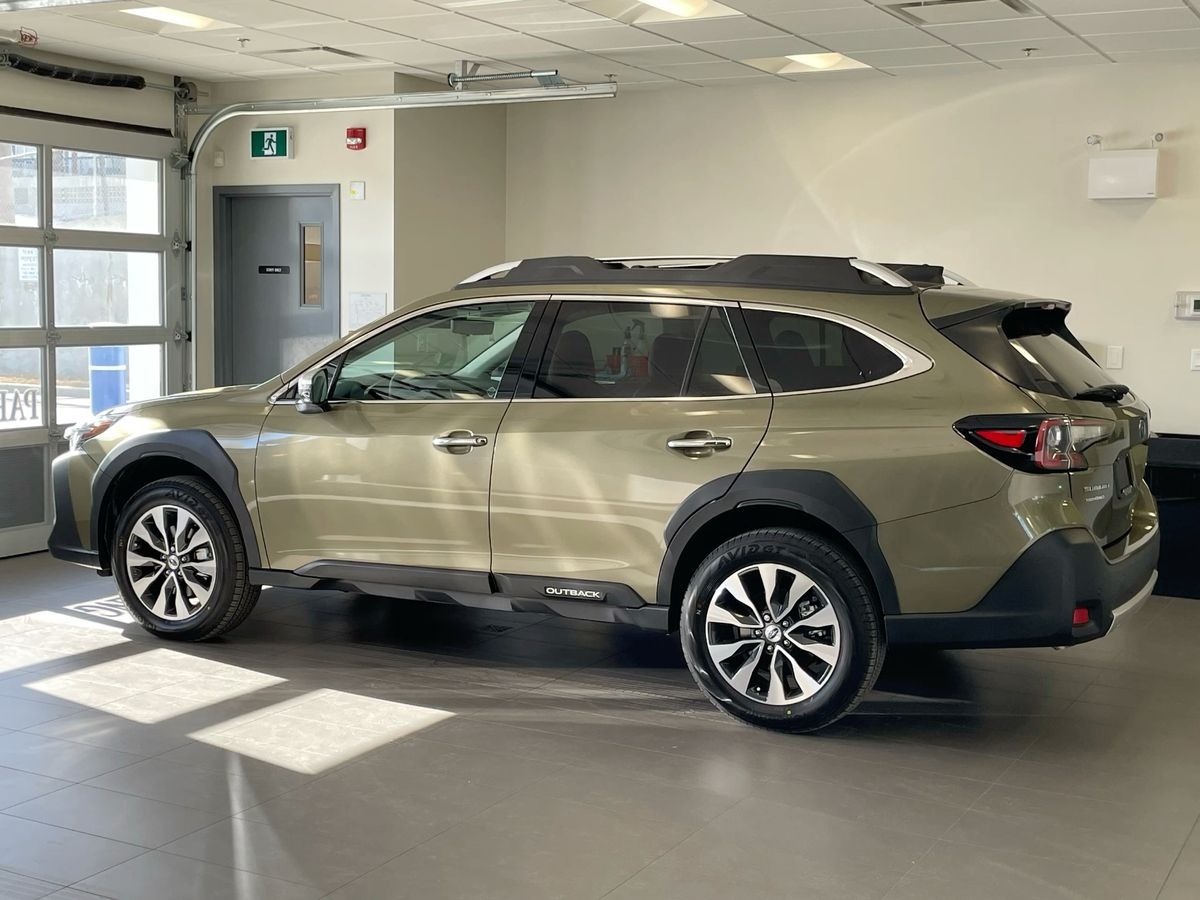
1. Kenwood CMOS-230
Common in: Aftermarket installation for vehicles such as Honda Accord, Toyota Camry, Subaru Outback, Nissan Altima
The Kenwood CMOS-230 is a standout in the aftermarket rear-view camera world, particularly for its practical wide-angle capabilities.
Offering a 128-degree horizontal viewing angle, this camera balances coverage and clarity, avoiding the exaggerated distortion often associated with ultra-wide lenses.
The image it provides is natural-looking and undistorted, which is critical for drivers who rely on spatial accuracy while reversing.
Despite not having the widest field on the market, its optimized lens architecture compensates with superior optical quality, giving drivers a confident and realistic view of what’s behind them.
One of the most important aspects of the CMOS-230 is how it enhances driver awareness in real-world scenarios. Whether navigating narrow back alleys, crowded city parking, or angled suburban driveways, the Kenwood camera shines by maintaining clarity from edge to edge.
Pedestrians crossing behind the vehicle, small children playing nearby, or a stray shopping cart drifting into your path—these are all potential hazards that a wide-angle camera like the CMOS-230 can help detect early.
Because of its natural image output, objects retain their proportional size, so the driver can judge distances more accurately than with cameras that stretch or warp visuals to exaggerate coverage.
Additionally, Kenwood ensures ease of integration with a wide range of head units, especially those in its own product family.
The CMOS-230 includes mirror-image switching, allowing it to serve as both a front and rear camera depending on driver needs. Its compact and waterproof design ensures durability in various climates, making it suitable for daily use year-round.
Even at night, its low-light performance remains steady, giving drivers a consistent experience regardless of the time of day. The CMOS-230 proves that a balanced wide-angle lens, paired with attention to clarity and usability, can elevate driving safety without overwhelming the user with unnecessary complexity.
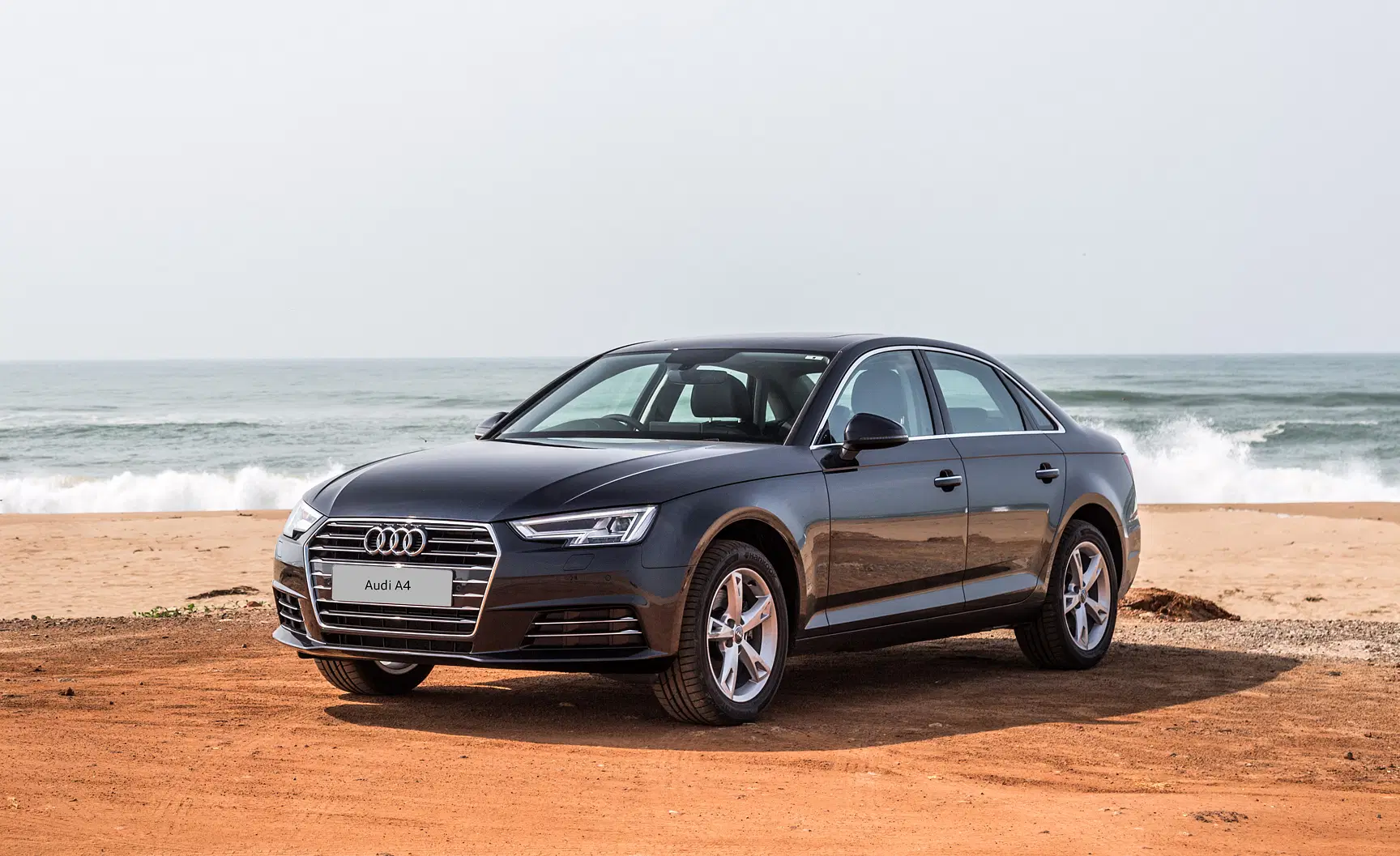
2. Alpine HCE-C1100
Common in: Luxury and mid-tier vehicles via aftermarket installs – Audi A4, BMW 3 Series, Lexus RX, Acura RDX
The Alpine HCE-C1100 is a premium rear-view camera designed with precision engineering, smart image processing, and an impressively wide field of view. Featuring a 131-degree horizontal and 103-degree vertical angle, it offers one of the most immersive visual experiences among OEM-compatible units.
Alpine focuses heavily on image fidelity, utilizing High Dynamic Range (HDR) to produce high-contrast visuals that preserve detail in both brightly lit and shaded areas.
This feature becomes crucial when you’re backing out of a dimly lit garage into a sun-drenched street or reversing in mixed lighting conditions—common scenarios that can compromise safety with inferior camera systems.
The clarity and consistency of the HCE-C1100’s image make it one of the top choices for discerning drivers. Unlike many wide-angle cameras that suffer from distortion at the edges, Alpine’s unit maintains sharpness across the frame.
Lane markings, nearby curbs, or even the texture of the pavement behind your vehicle are displayed clearly, enhancing your ability to make informed decisions during maneuvers.
This accurate rendering makes a significant difference in confidence levels while parking or backing up in complex environments such as multi-story parking structures or busy public areas. It’s especially effective in larger vehicles where blind spots are more pronounced and situational awareness is critical.
Beyond just the camera’s technical capabilities, Alpine ensures that the HCE-C1100 integrates smoothly with factory infotainment systems.
Many drivers report a “plug-and-play” experience when pairing this unit with compatible Alpine head units. Its compact, rugged design is resistant to water, dust, and impact, ensuring longevity in both city and rural driving conditions.
Alpine’s commitment to quality control and user-friendly installation makes this camera a long-term investment. Whether you’re navigating traffic-congested urban neighborhoods or tight mountain roads, the HCE-C1100 gives you the wide-angle perspective and crystal clarity needed to reverse with absolute assurance.
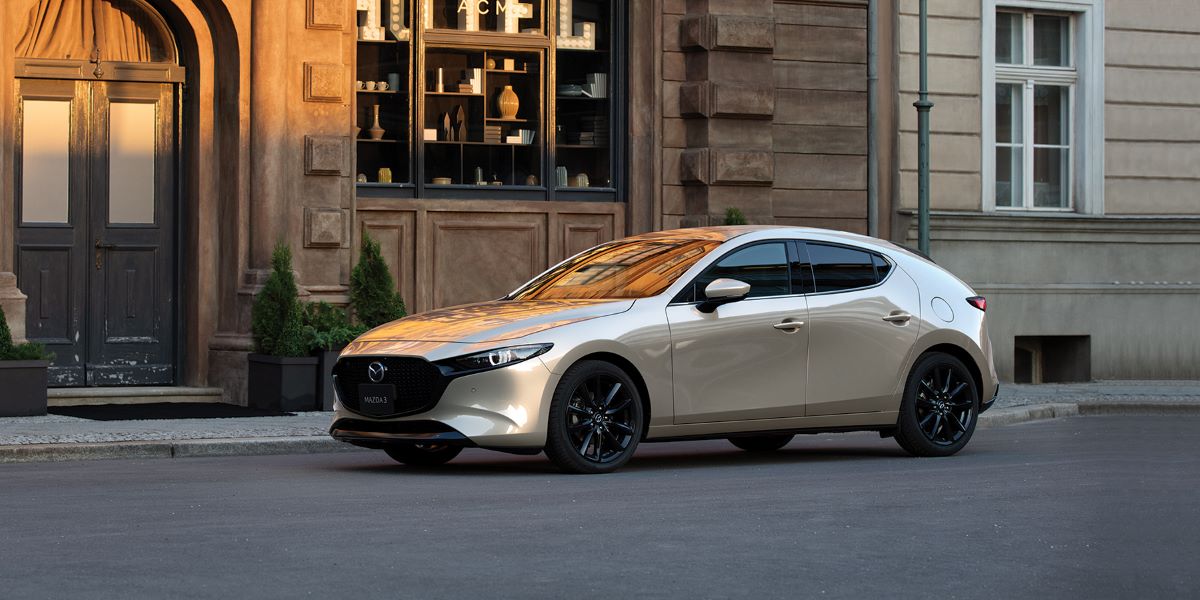
3. Pioneer ND-BC8
Common in: Pioneer-equipped vehicles and aftermarket retrofits – Mazda 3, Ford Escape, Toyota Prius, Hyundai Elantra
The Pioneer ND-BC8 is a rear camera that hits the sweet spot between affordability and performance, providing a wide-angle lens with great reliability. With a 129-degree field of view, it grants drivers an extended look at what’s behind and to the sides of the vehicle without overwhelming them with a fisheye-style image.
The camera uses a CMOS sensor that, while not as enhanced as some HDR options, still offers solid color reproduction and consistent visual data. This results in an image that, while slightly less vibrant, is clear enough to detect hazards and obstacles with confidence.
What distinguishes the ND-BC8 is how seamlessly it integrates into both OEM and aftermarket systems. Its compact design allows for discrete mounting, and its weatherproof casing ensures it remains functional through rain, snow, and heat.
The camera’s wide view makes it particularly useful for newer drivers or those who find themselves frequently navigating challenging parking situations.
The slightly soft but wide image helps provide a greater sense of spatial orientation when reversing into angled spaces or monitoring cross-traffic at the end of a driveway. Unlike some wider units that sacrifice realism for exaggerated views, the ND-BC8 strikes a good balance that’s both usable and trustworthy.
Despite being a more budget-conscious option, the camera is dependable in various lighting conditions. Its built-in light sensor adjusts brightness automatically, which is particularly helpful when transitioning from bright daylight into shadowed garage spaces.
Additionally, while it lacks dynamic trajectory lines, the simplicity of the interface makes it less cluttered and more intuitive for those who prefer a clean, straightforward experience.
For drivers seeking a durable and practical wide-angle rear-view camera without the complexity or cost of luxury units, the Pioneer ND-BC8 is an excellent candidate that delivers consistently on its promises.

4. eRapta ERT01
Common in: Universally compatible with older models – Honda Civic (pre-2015), Chevy Malibu, Jeep Liberty, Toyota Yaris
The eRapta ERT01 is a surprisingly capable wide-angle camera, especially considering its highly affordable price point.
Featuring a wide 149-degree viewing angle, this unit offers one of the broadest perspectives available in the budget category. It’s ideal for users looking to enhance safety on older vehicles that didn’t come equipped with rear cameras.
Despite its low cost, the ERT01 doesn’t compromise heavily on performance, making it a popular go-to for DIY installers and budget-conscious drivers alike. Its universal license plate mount allows for quick installation, and it integrates well with most standard display units.
In terms of real-world use, the ERT01 performs admirably. The extremely wide view ensures visibility of cross-traffic, curb lines, and pedestrians approaching from the sides—critical details often missed by cameras with a narrower field. This is especially valuable when reversing out of driveways onto busy streets or navigating tight urban alleys.
The camera’s lens captures a nearly panoramic scene behind the vehicle, which is particularly helpful in areas where children or pets may suddenly dart into view. Though the image quality isn’t HD, it’s more than adequate for hazard detection and daily reversing tasks.
Durability and ease of use further solidify the ERT01’s reputation as a functional, wide-angle backup solution. Its waterproof design ensures reliable operation in rain, snow, and mud, while the 18 infrared LEDs support basic night vision capabilities.
Though it lacks the advanced features of high-end models like HDR or digital overlays, its sheer field of view makes it a strong contender in its class. For drivers who prioritize visibility over feature-rich systems and want to improve their rear-view safety without a major financial investment, the eRapta ERT01 is a camera that performs well beyond its price tag.
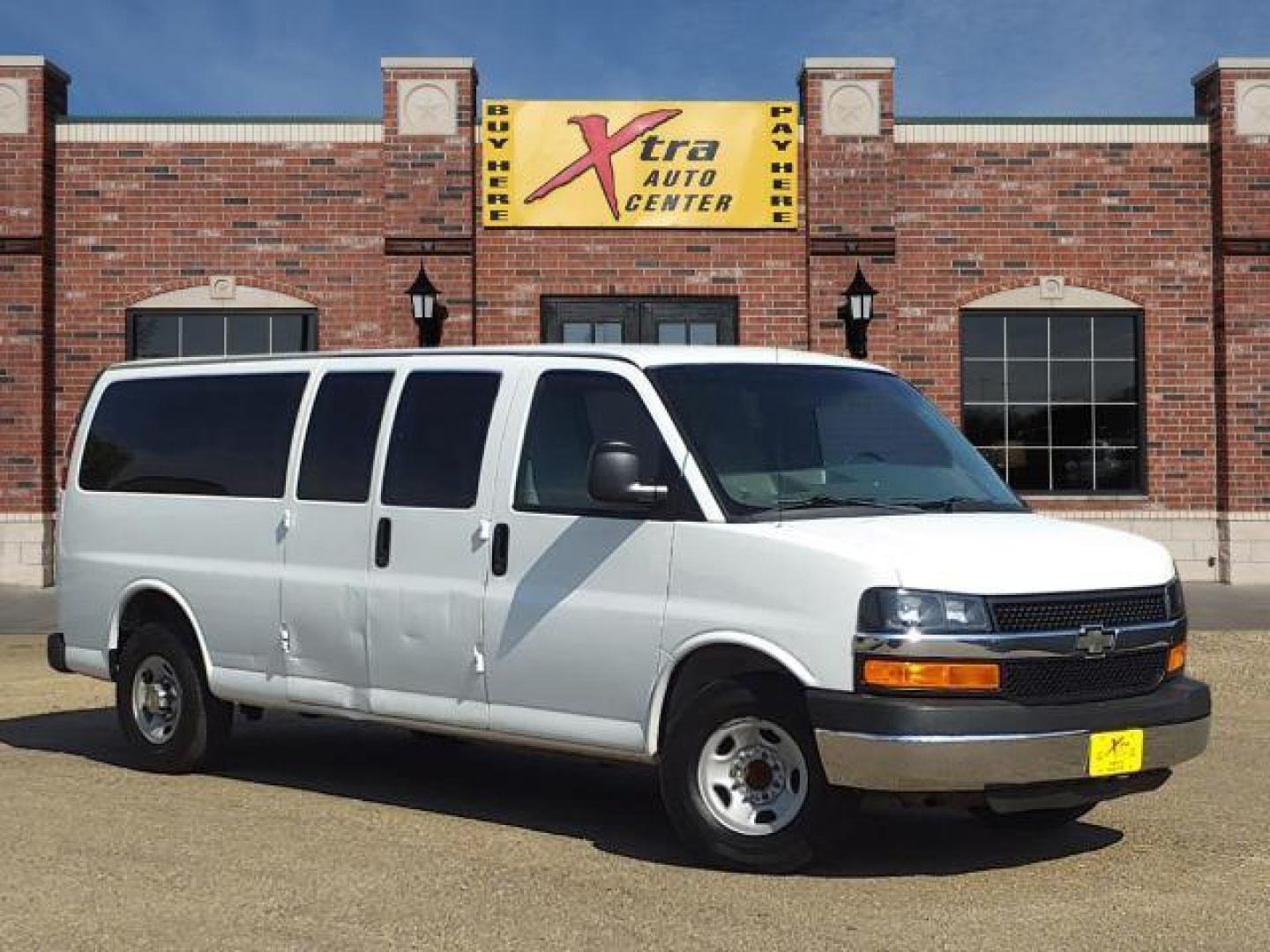
5. Yakry Y28 Backup Camera System
Common in: Trucks, RVs, and vans – Ford F-150, RAM 1500, Chevrolet Express, Honda Odyssey, Toyota Sienna
The Yakry Y28 is more than just a camera—it’s a complete rear-view system bundled with a 5-inch display, making it a great choice for vehicles that lack integrated infotainment screens. Its standout feature is the 150-degree wide-angle lens, which provides an almost panoramic view of the area behind your car.
This broad perspective is especially helpful in larger vehicles like trucks, vans, or trailers, where traditional mirrors and sensors leave dangerous blind spots. The camera itself is durable and weather-resistant, and the included monitor offers quick, easy installation with plug-and-play functionality.
From a user-experience perspective, the Yakry Y28 impresses with its functional versatility. Drivers towing trailers or maneuvering larger vehicles in tight commercial lots often rave about how much more awareness they gain with this system. The adjustable guidelines displayed on the monitor adapt to the wide camera view, helping users judge distances more accurately.
While the image quality is not ultra-HD, it is colorful, relatively crisp, and highly functional for standard backup tasks. For drivers who struggle with spatial orientation or want a broad rear view without having to turn their heads constantly, the Y28’s wide-angle camera makes reversing far less stressful.
Moreover, the Y28 includes IR night vision capabilities and strong glare resistance, which means it continues to deliver dependable visuals in a wide range of lighting conditions.
Whether you’re backing up in full daylight, twilight, or total darkness, the system provides a consistent level of visibility. It’s also well-loved in rural areas where lighting is sparse and wildlife is a common hazard.
The fact that the system comes with everything needed—camera, monitor, wiring, and mounting gear—makes it a very attractive package for anyone wanting a comprehensive, affordable upgrade that significantly boosts safety and visibility with an impressively wide lens.
5 Rear Car Cameras That Feel Zoomed In
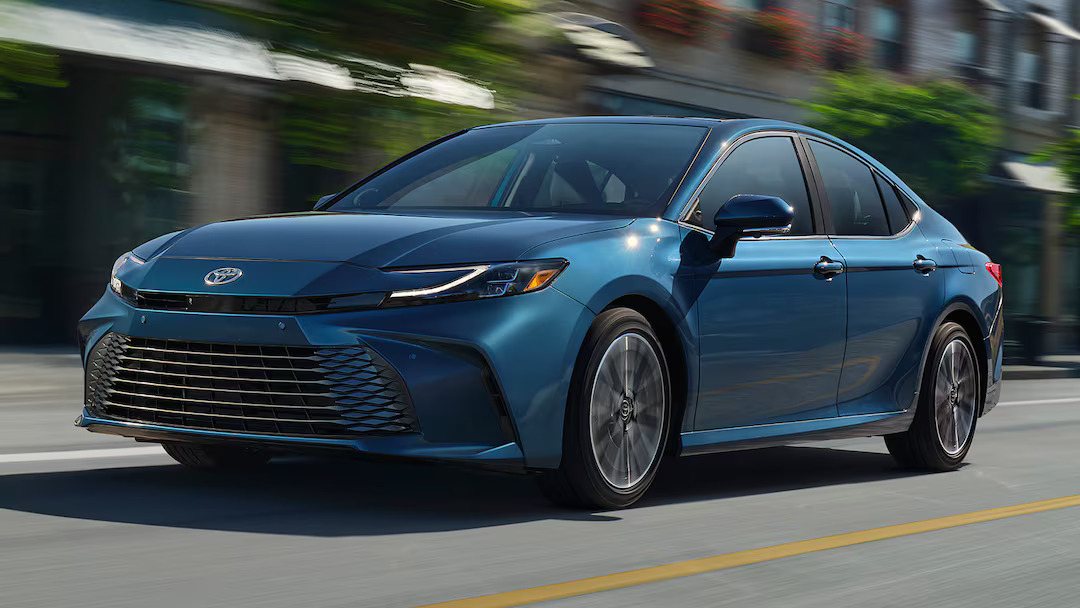
1. Toyota Factory Backup Camera (Common in Camry, Corolla, Tacoma Models)
Common in: Toyota Camry (2012–2019), Toyota Corolla (2014–2020), Toyota Tacoma (2013–2021), Toyota RAV4 (2013–2018)
Toyota’s factory backup cameras, especially in older Camry, Corolla, and Tacoma models, are known for their straightforward design and reliable performance, but also for their narrower field of view.
While this zoomed-in approach offers exceptional clarity for what’s directly behind the vehicle, it doesn’t provide much coverage of the surrounding environment.
This can be a limitation for drivers looking to spot lateral movement, such as approaching pedestrians or cross-traffic. However, for simple reversing tasks, the focused image delivers detailed visual feedback that many drivers appreciate, especially in slow, controlled movements like backing into a driveway or parking garage.
The benefit of this zoomed-in design is the increased confidence it gives drivers when reversing in tight quarters. You get a close-up of curbs, garage walls, and nearby vehicles, helping prevent small but costly fender scrapes and alignment errors.
In situations where millimeter-level precision matters—like squeezing into a parallel spot or parking flush against a wall—Toyota’s factory camera becomes a real asset.
The visual proximity enhances your ability to make fine steering corrections, ensuring you’re parked exactly where you intend to be. This kind of zoom-focused design reflects Toyota’s approach to functional, no-frills engineering that prioritizes reliability and ease of use over bells and whistles.
However, this same strength becomes a limitation in more dynamic settings. If you’re reversing out of a parking space into a busy street, the camera won’t alert you to fast-approaching vehicles or cyclists coming from the side until they’re very close.
Toyota attempts to mitigate this in newer models with sonar sensors and cross-traffic alerts, but in many mid-tier or earlier trims, the rear camera stands alone.
That narrow field can be frustrating for drivers used to modern wide-angle views. Still, if your primary use case is simple reverse maneuvers in known environments, this zoomed-in system can be not only adequate but preferable.

2. Honda Civic OEM Backup Camera (2014–2018 Models)
Common in: Honda Civic (2014–2018), Honda Accord (2013–2017), Honda CR-V (2015–2019)
The backup camera system found in mid-2010s Honda Civics—especially the 2014 to 2018 models—has earned a reputation for being clear and reliable, but also a bit “zoomed in,” particularly when using the default or “normal” view mode. Though Honda offers selectable camera angles (wide, normal, and top-down), many drivers stick with the default, which focuses directly behind the vehicle.
This produces a tighter view of the rear, limiting peripheral awareness but giving excellent clarity in areas immediately behind the bumper. For drivers who park in tight garages or frequently parallel park in cities, this is often a welcome feature.
The zoomed-in nature of Honda’s camera becomes especially useful when the driver is backing up near low objects like poles, shrubs, or curbs. These are the kinds of hazards that can sneak up on drivers using wide-angle systems, where depth perception is often sacrificed for coverage.
Honda’s OEM camera excels at displaying depth and spacing accurately, giving drivers a clear view of how much room is left before impact. The visual quality is also solid, with good brightness and color accuracy in daylight conditions, helping you distinguish surfaces and obstacles easily, even in low-light garages or rainy weather.
Where this system struggles, however, is in providing a full situational overview. The narrower field means that pedestrians, children, or approaching vehicles from the side might be entirely out of view. Drivers often have to rely on their mirrors and own vigilance to compensate for what the camera doesn’t show.
While newer Hondas now incorporate LaneWatch and cross-traffic monitoring to address these limitations, the standard rear camera in many older Civics simply doesn’t provide enough horizontal range. So while the zoomed-in view is perfect for careful maneuvering and clear reverse guidance, it requires supplemental awareness for broader safety.

3. BMW OEM Rear Cameras (Common in 3 Series, 5 Series)
Common in: BMW 3 Series (F30, 2012–2019), BMW 5 Series (F10, 2011–2016), BMW X3 (F25, 2011–2017), BMW X5 (F15, 2013–2018)
BMW’s rear-view cameras—especially those found in the 3 Series and 5 Series sedans from the last decade—tend to feel more zoomed in compared to those of other premium brands. While their image quality is top-notch, offering sharp visuals and helpful overlays like path trajectory lines, the field of view is notably narrower.
This design choice seems intentional: BMWs are performance-oriented machines, and their camera systems reflect this precision-first mindset. Instead of giving you a sweeping view of the whole area behind the car, they give you an ultra-clear image of the most critical zone—what’s directly in your reverse path.
This zoom-focused design works wonders when you need tight control. Drivers using BMW’s rear camera can see exactly where the bumper ends and how close it is to the curb, the car behind, or any obstacle that requires a careful approach. The system pairs especially well with the iDrive controller, allowing users to manipulate settings and overlays to suit their parking habits.
For those who frequently reverse into tight spots or rely on their camera for bumper-level precision, this setup is a dream. The level of detail in the zoomed-in view enables highly controlled parking maneuvers, which is consistent with the brand’s reputation for delivering a tactile, confident driving experience.
Still, the limitations are clear when broader awareness is needed. The camera doesn’t show a wide arc, and as such, pedestrians, cross-traffic, and nearby moving objects may fall out of frame. This is why BMW typically pairs the camera with ultrasonic parking sensors and, in newer models, a full 360-degree surround view system.
Without those additions, the rear camera by itself can feel restrictive, especially in busy or unpredictable environments. For drivers who prioritize technical control and crisp visuals over field width, the BMW system is a solid, if somewhat specialized, choice.
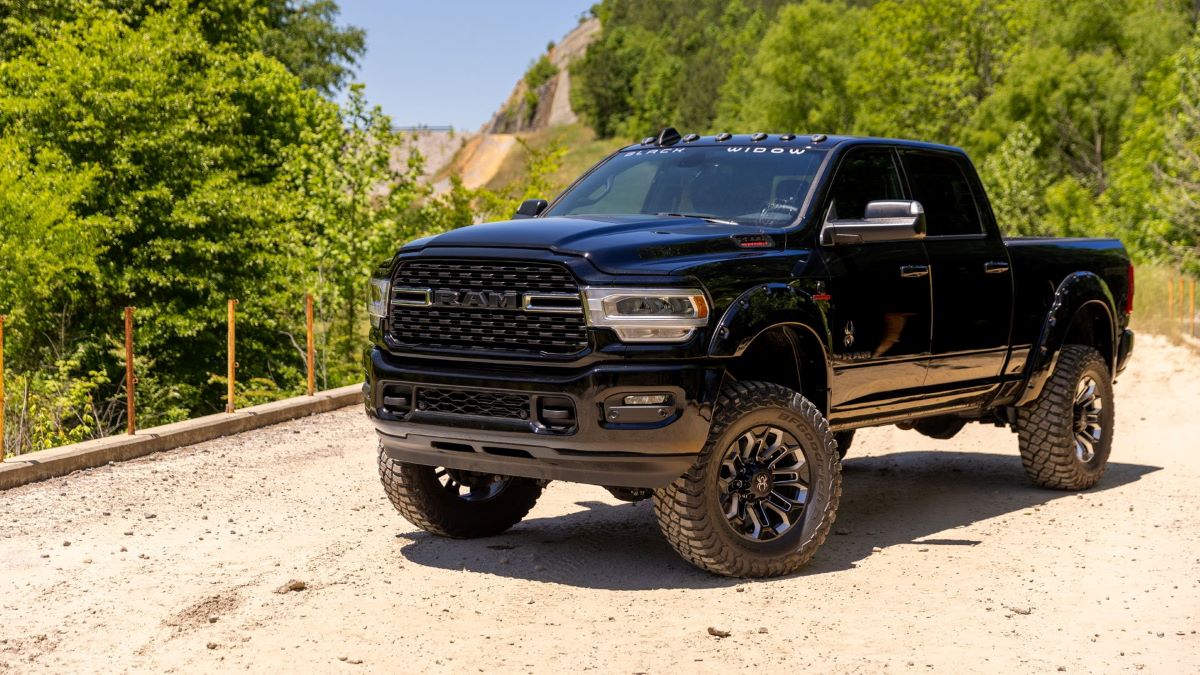
4. Aftermarket Trailer-Focused Rear Cameras (Crux RVCAD-81, Rydeen MINy)
Common in: Aftermarket use in Ford F-150, RAM 2500, Chevrolet Silverado, GMC Sierra, Toyota Tundra
Aftermarket rear cameras designed for trailer hitching or reverse precision, such as the Crux RVCAD-81 and Rydeen MINy—are deliberately engineered with a tight, zoomed-in field of view.
These cameras serve a specific purpose: helping drivers align with a trailer hitch, back into a small loading dock, or navigate extremely narrow spaces where precision outweighs peripheral vision.
Their narrower lens captures less side activity but focuses all its visual fidelity directly behind the vehicle, making it easier to judge exact distances. This focus makes them ideal for truck and SUV owners who use their vehicles for towing and need that close-up view for exact hitch placement.
Unlike wide-angle consumer cameras that try to capture as much space as possible, these precision units emphasize close-range visual clarity. You can see the trailer hitch ball, the tongue, and the coupler with impressive detail. For drivers who regularly tow boats, campers, or utility trailers, this means saving time and avoiding frustrating repositioning attempts.
These systems often include customizable overlays that help guide the vehicle into alignment with minimal guesswork. Additionally, their compact designs and weather-resistant materials ensure they function reliably under rugged conditions, including rain, mud, or snow.
However, outside their niche, these zoomed-in cameras may frustrate average drivers. If used as a primary rear-view system for daily driving, they lack the versatility that wide-angle cameras offer. Parking in a busy shopping center, for instance, becomes more difficult when you can’t see people or objects approaching from the side.
That said, for drivers who are fully aware of what they need—a focused, crystal-clear, close-up view for reversing into tight or technical spots—these units are incredibly effective tools. They may not offer panoramic vision, but in the right hands, they provide unmatched control and precision.
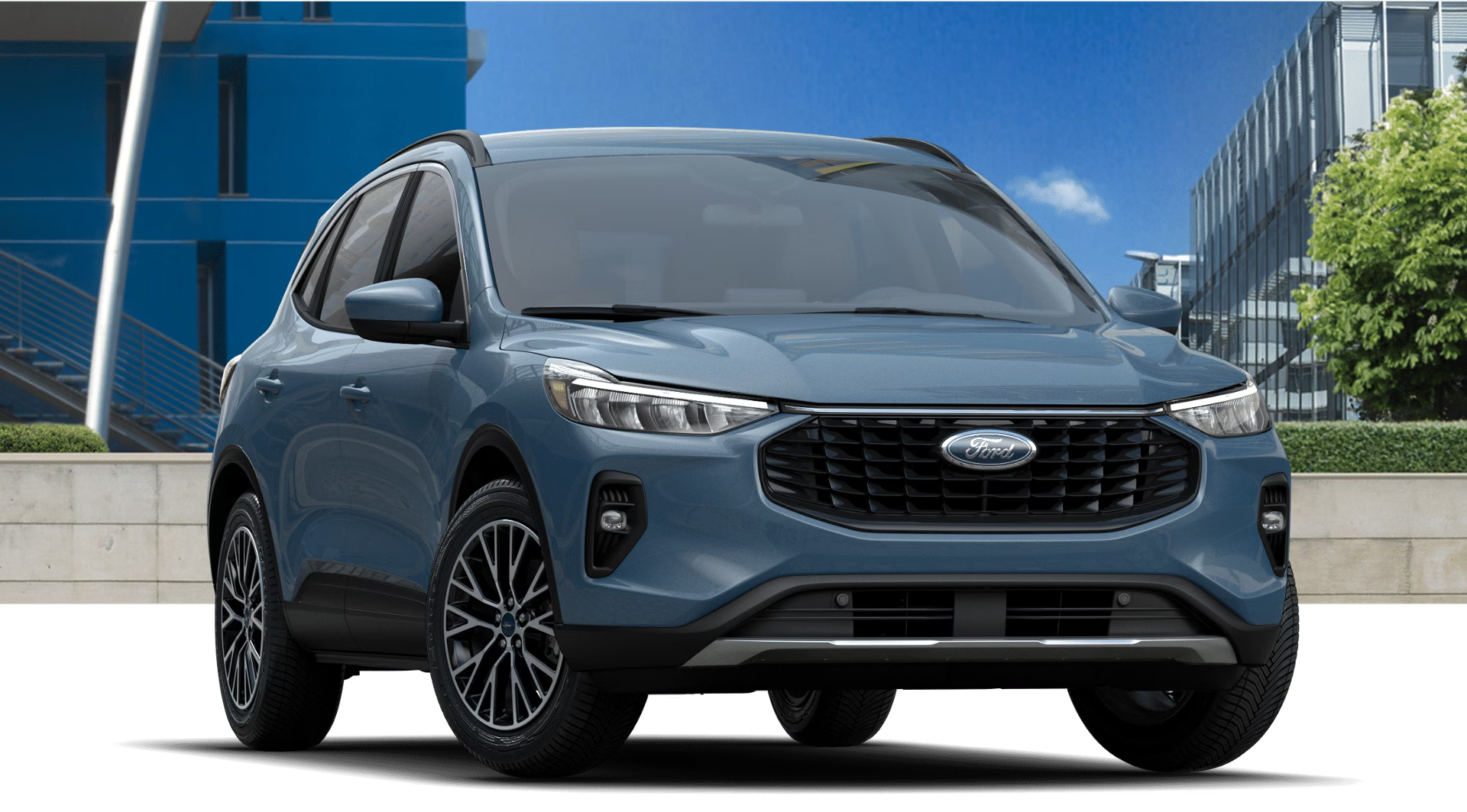
5. Older Ford SYNC Rear Cameras (Found in Escape, Edge, Fusion 2012–2016)
Common in: Ford Escape (2013–2016), Ford Edge (2011–2015), Ford Fusion (2013–2016), Ford Explorer (2011–2015)
Ford’s SYNC-based rear camera systems, particularly those in models like the Escape, Edge, and Fusion produced between 2012 and 2016, offer solid performance but tend to feel zoomed in by today’s standards.
These cameras were designed during a time when rear-view technology was still evolving rapidly, and the primary goal was to give drivers a clear view of what was right behind the car.
The result is a camera that focuses heavily on the rear bumper area, offering good resolution but limited width in terms of field of vision. What you get is a highly concentrated image of the most immediate threat zone, rather than a broad view of your surroundings.
This design choice works decently in stable, predictable environments, like backing into your own driveway, navigating known parking structures, or reversing into open garage bays. The image is sharp and centered, which helps drivers assess how close they are to walls, low obstacles, or curbs.
It also minimizes the chance of overcorrecting or underestimating your alignment, because the camera’s visual perspective closely matches your actual trajectory. Many drivers appreciate this sense of spatial realism, where what you see is exactly what’s there—nothing distorted, stretched, or exaggerated.
However, this system falls short in more complex or dynamic environments. Its narrow scope doesn’t cover much lateral movement, making it less helpful when backing out into traffic or navigating unpredictable spaces. You’ll find yourself relying more on mirrors and sensors, which may or may not be present in these mid-tier models.
The zoomed-in view can be disorienting if you’re accustomed to modern wide-angle units. Still, for its time, the SYNC camera system was well-integrated, and for drivers with straightforward reversing needs, it remains a dependable option that does the basics quite well—even if it’s no longer cutting-edge.
Also Read: 5 Cars That Feel Planted At 80 MPH And 5 That Float Or Wobble
Choosing between wide-angle and zoomed-in rear cameras is more than a matter of image width—it’s about matching technology to your driving habits, vehicle type, and daily environments.
Throughout this article, we’ve seen how some systems prioritize expansive views to capture everything happening across a 150-degree arc, while others narrow the focus for closer, more detailed feedback.
Both approaches have their merits, and depending on your specific needs, one could dramatically improve your driving experience more than the other.
Wide-angle cameras, such as those found in the Alpine HCE-C1100, Kenwood CMOS-230, and Yakry Y28, serve as a second set of eyes, especially useful in unpredictable or crowded areas. They shine in situations where side visibility is just as critical as what’s directly behind the vehicle.
Whether you’re backing out of a parking space in a busy supermarket lot or navigating a cul-de-sac filled with foot traffic and bicycles, these cameras help you see threats early and from multiple angles. Their broad coverage minimizes blind spots, reduces stress, and adds an extra layer of safety, especially for new or cautious drivers.
On the flip side, zoomed-in cameras like those integrated into older Toyota and Honda models or designed specifically for trailer alignment prioritize close-range detail over expansive coverage.
These are perfect for drivers who value precision—whether it’s lining up a trailer hitch or backing into a snug garage with inches to spare.
The tight focus enables more accurate steering corrections, allowing you to maneuver confidently in confined areas.
For owners of trucks or SUVs who frequently tow or work in environments with less foot traffic, these cameras can offer the ideal visual clarity they need.
What’s important is recognizing that neither style is inherently superior—they simply serve different driving priorities. And in many cases, a combination of both works best. For example, pairing a zoomed-in trailer camera with a wider-angle backup system can give truck owners a comprehensive view for both hitching and general navigation.
Similarly, newer vehicles often combine rear cameras with cross-traffic alerts and 360-degree surround views, giving drivers the best of both worlds.
In a rapidly evolving automotive landscape where safety and convenience are paramount, rear-view camera choice can make a tangible difference in your driving confidence.
So before you choose your next vehicle—or upgrade your current one—consider not just what the camera shows you, but how it fits into your daily driving reality. A camera isn’t just a lens—it’s your backward-facing co-pilot. And like any good co-pilot, it should suit your journey, not just the road.

